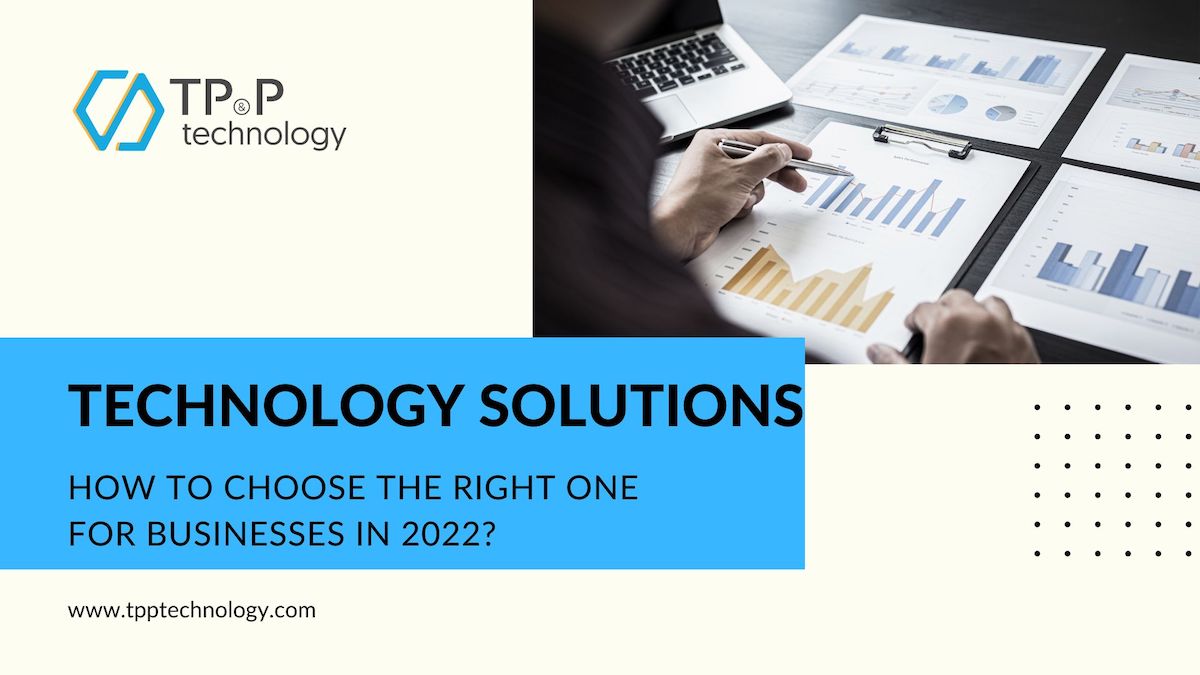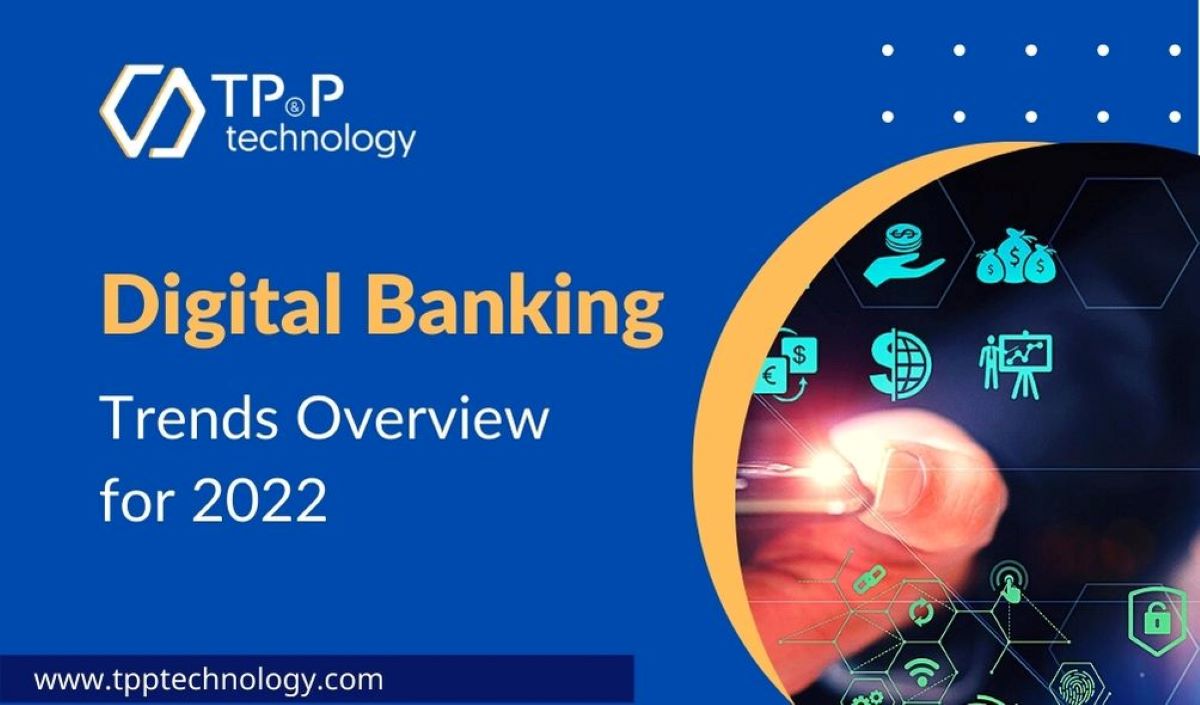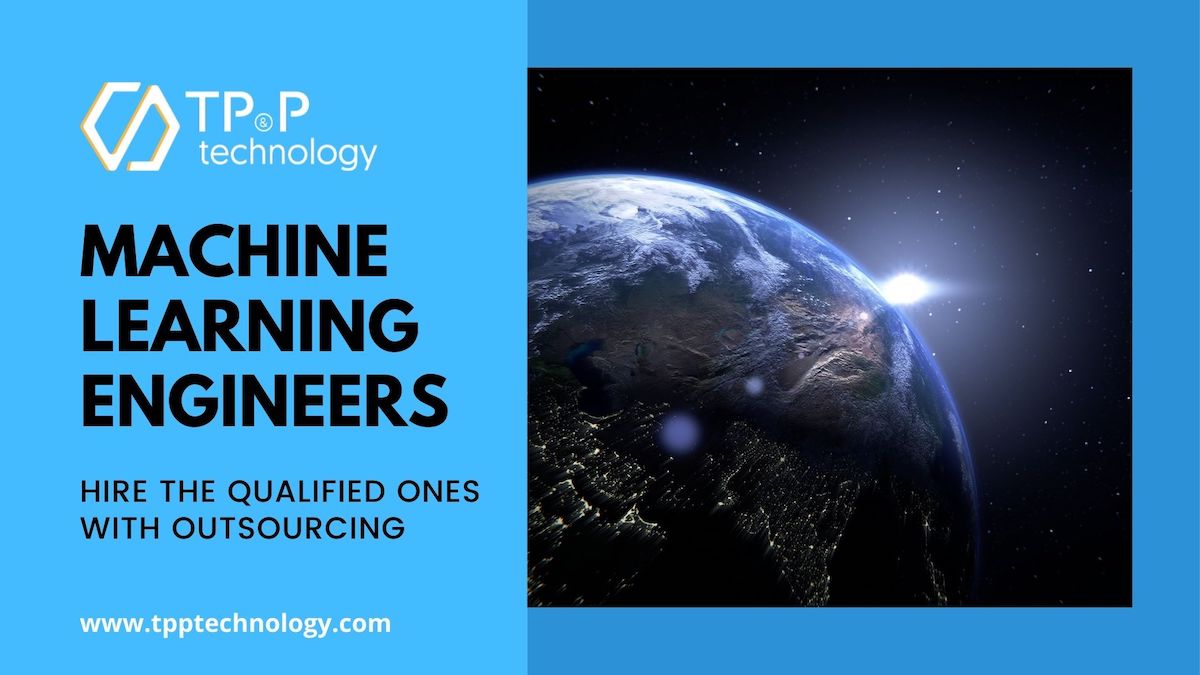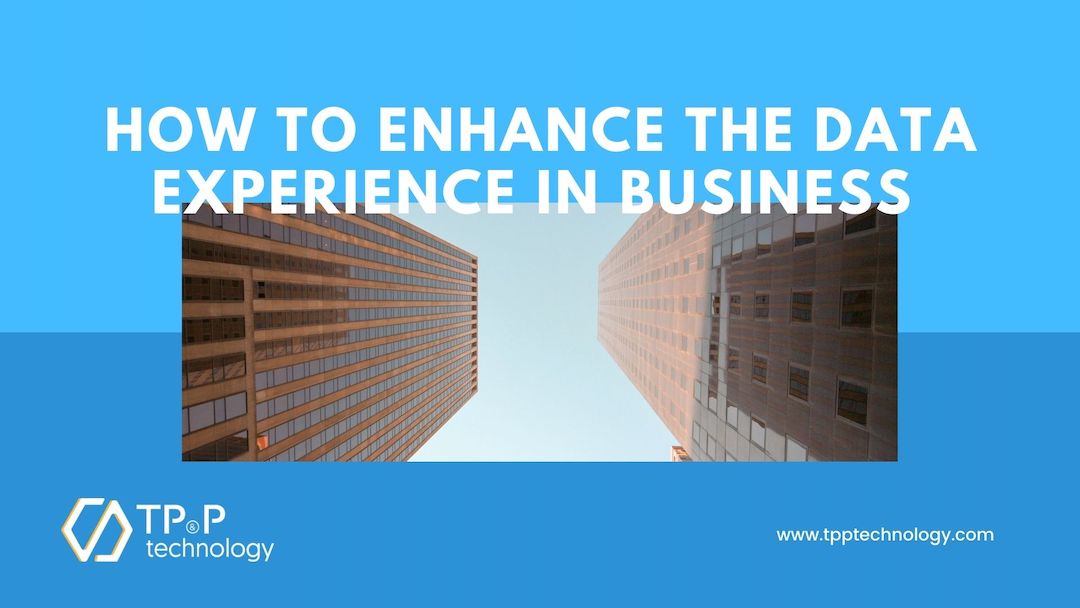
Technology Solutions: How To Choose The Right Ones for Businesses in 2022?
Choosing the right technology for your business requires a combination of technical understanding, business expertise, and specific industry knowledge. Consider purchasing a new software solution or technology that can solve business problems in a matter of weeks, at low cost, and require minimal support, which may sound too good to be true because it might be actually.
This is because it is not enough to have a good team. Company management should motivate them to accept the complexity and associated risks justified by long-term benefits when purchasing and operating new technology. Oversimplification can lead to short-term decisions that can be costly for the business in the long run.
LEVERAGING AI FOR DATA-DRIVEN DECISION MAKING
As artificial intelligence (AI) becomes more and more popular in the enterprise landscape, companies are investing to adopt new technology solutions that can potentially deliver customized intelligence with minimal effort. These solutions range from virtual medical assistants to AI-powered marketing solutions and advanced analytics, while others include self-driving cars, market forecasts, and many more.
The year 2021 showcased the capabilities of AR/VR (Augmented Reality / Virtual Reality) and social media (Metaverse), and logistics networks to support real-time delivery tracking. Despite the promise of advanced technologies, the results when taking advantage of such technologies often lagged due to a lack of focus on the execution. Among the critical factors to the success of an enterprise, strategy is balancing the use of the appropriate technology platform.
MICROSERVICES VS MONOLITHIC SYSTEMS
Under a monolithic architecture, applications are designed and developed as a whole that cannot be separated into different services, the application operates as one unit with a front-end, back-end, and database. Business processes are translated into a codebase that is not designed to be modular and/or integrated into other existing ecosystems or to change significantly. Still, this approach provides several advantages such as greater stability, faster and easier development and deployment, and valuable business intelligence.
Many times, we have seen established companies and start-ups that recognize the value of modern software development as well as the flexibility and potential for growth of the system, at the same time enabling seamless data exchange via integration. Except once the projects are done, the same company decides to opt for a solution that is somewhat inflexible. It seems counterintuitive in retrospect, but it occurs more often than we think. And that is due to the appeal of a solid and inflexible technical solution that emphasizes stability and speed to allow the ability to make decisions quickly.
Still, without focusing on how these robust platforms fit into their existing technology stack, companies could be left without an available set of APIs for integrations and make it difficult to become cloud-ready, leaving gaps and inflexible monolithic architectures.
EVALUATE AND SELECT THE RIGHT TECHNOLOGY
When choosing cutting-edge and emerging new technologies on the market, the flexibility and integration capabilities of each product must be considered against the complexity of business-specific functionality. Features that can be reproduced from the general off-the-shelf products should not be excluded.
There is an increasing trend that specialty brands to create specialized, niche technology solutions, especially in sectors such as healthcare and supply chain among others. Companies should evaluate between off-the-shelf general capabilities solution design and domain selection to drive a unified modern business infrastructure to support the existing ecosystems.
In the age of artificial intelligence and the Metaverse, data is the main fuel of all technology. Advanced data and analytics solution allows companies to collect and organize massive amounts of business data so that these systems can extract business patterns that further optimize existing business processes and turn business organizations into that continuously improve to evolve.
At the same time, software product development companies must reorganize their offerings to meet the growing demands of change, adaptation, and scale. In particular, niche technology platforms should start with a clear and specific competitive advantage in the chosen sector. Moreover, it must also be a flexible and cloud-enabled platform for securely displaying data and application interfaces so that customers can have the best-case experience possible.
Last but not least, a team that possesses relevant technical talent and experience can help companies achieve the right balance between complexity, advantages, and strategy when choosing technology for their business.



